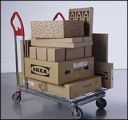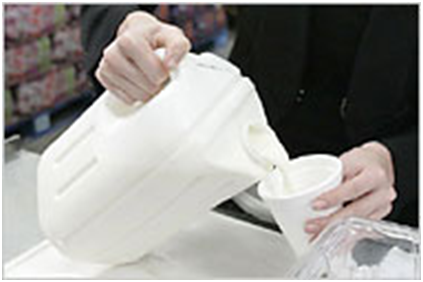Most often when people think of eco-friendly products, they think about what a certain product is made of. This is one of the elements, but there are many more. A product that is manufactured locally, and contains 75% eco-friendly materials should be considered more “green” than an item of the same size containing 100% eco-friendly materials that is shipped from China fully assembled.
According to treehugger.com , a green product is one “that is both environmentally and socially responsible.” Here are some criteria they give to determine an items’ “green-ness”:
- Demonstrate care for the people who make, supply and use the product
- Demonstrate care for the ecological community in manufacturing
- Use materials which are reused, recycled, renewable or organic
- Products that address the use of energy in their production.Could the energy saved by their use be greater than the energy it took to create the item?
- Serve a useful purpose
- Use materials that can be recycled or are biodegradable.
I’m seeing more and more businesses implement or continue the green practices that make products more appealing to those that care about the environment.
Our firm loves Ikea. The fact that Ikea flat-packs their furniture means that costs are reduced because more of that item can be shipped to the store at one time. Also, consumers are able to order most items online. This means than rather than making a trip to the physical store, the items can be shipped directly to the home from the place of manufacture.If you do have to make a trip, the flat-pack concept allows a few rooms of furniture to fit inside your back seat! One trip!
In other news, Wal-Mart is attempting some of its own packaging improvements. They have reshaped their milk cartons to be taller and rectangular-shaped for greater efficiency in shipping, which keeps consumer costs down about 20 cents a gallon. The new shape allows cartons to be stacked on top of one another, rather than packaged with lots of material separating rows of cartons. While some consumers love the new body shape, some are not so amused. Jo from Ohio said, “It is an utterly stupid design. You can’t use a paper towel, water and wipe it up every time you pour milk. They would need to give away a mini roll of paper towels or wet wipes to wipe up the old stinking milk on counters, coffer cups, bowls…. How green is the new design if we are wasting paper towels and running water after every use?” Hmmm, something to think about. A nice attempt though, I think.





